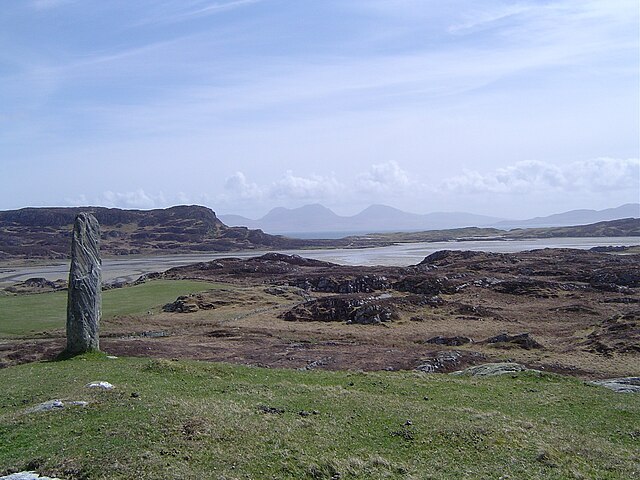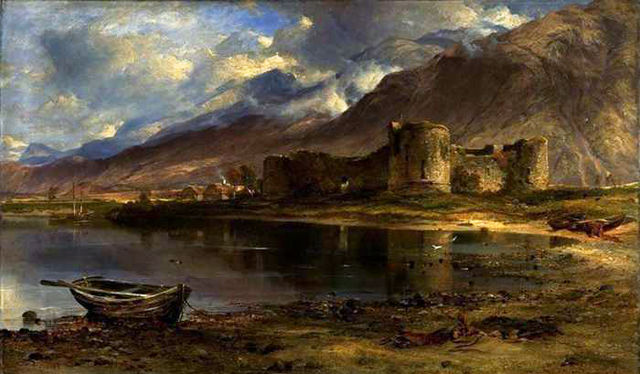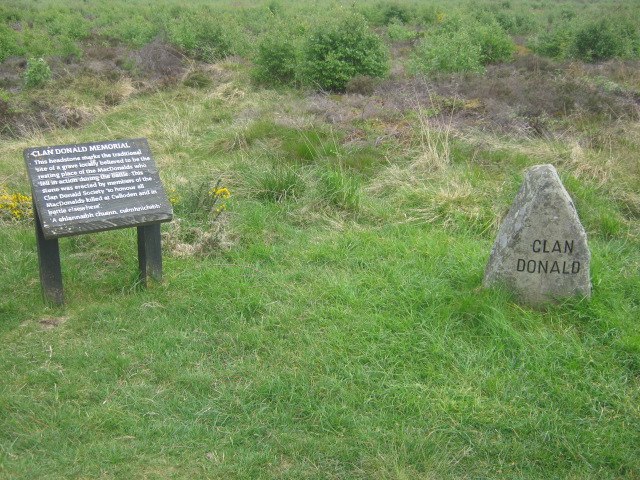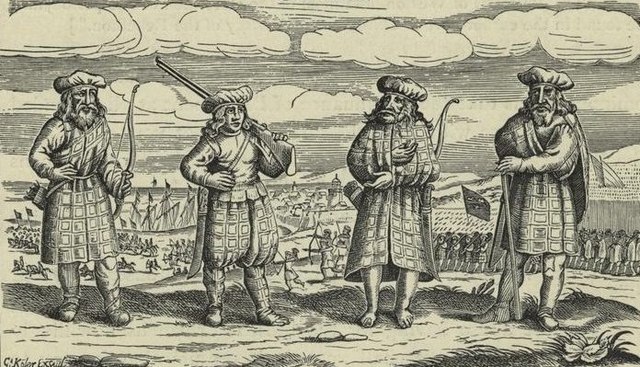Clan Donald, also known as Clan MacDonald, is a Highland Scottish clan and one of the largest Scottish clans. The Lord Lyon King of Arms, the Scottish official with responsibility for regulating heraldry in that country, issuing new grants of coats of arms, and serving as the judge of the Court of the Lord Lyon, recognises under Scottish law the High Chief of Clan Donald. Historically the chiefs of the Clan Donald held the title of Lord of the Isles until 1493 and two of those chiefs also held the title of Earl of Ross until 1476. Queen Mary of Denmark is member of Clan Donald.

The Battle of Harlaw as depicted in The Clan Donald volume 1 (1896), by A and A MacDonald, who assert that Donald of Islay and his army of Scottish Highlanders won a victory over the Duke of Albany and his army of Scottish Lowlanders, which resulted in the "total annihilation" of the Lowland army. However, some historians say the battle was indecisive with no clear victor and the Oxford Companion to Scottish History (2011) states that Donald of Islay was "defeated at great cost at Harlaw".
Colonsay, Inner Hebrides; loss of the Lordship of the Isles fractured MacDonald unity
Inverlochy Castle; a Campbell-dominated army camped here before their destruction on 2 February 1645 by a largely MacDonald force
Clan Donald grave marker at the site of the Battle of Culloden
A Scottish clan is a kinship group among the Scottish people. Clans give a sense of shared heritage and descent to members, and in modern times have an official structure recognised by the Court of the Lord Lyon, which regulates Scottish heraldry and coats of arms. Most clans have their own tartan patterns, usually dating from the 19th century, which members may incorporate into kilts or other clothing.
A romantic depiction of Highland Chiefs from 1831
Scottish soldiers, identified as of Donald Mackay, 1st Lord Reay's regiment, in service of Gustavus Adolphus (1630–31)
The Battle of Culloden, as depicted in a painting by David Morier. Modern historical thinking gives less importance to this battle as a factor in the demise of clanship.
David Wilkie's 1829 flattering portrait of the kilted King George IV, with lighting chosen to tone down the brightness of his kilt and his knees shown bare, without the pink tights he wore at the event.








